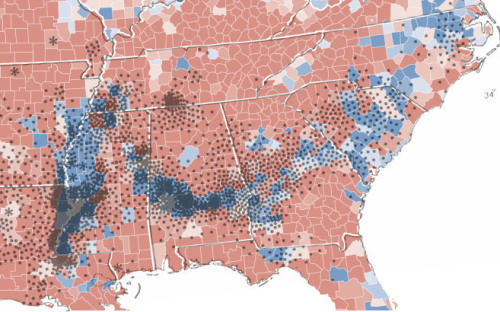Hat tip to Nan at Gardening Gone Wild for passing along the link to Le Jardin Plume, in particular this gallery.
I have no delusions that I’ll ever have the design sense or level of control they have. But it’s one of the first great gardens I’ve looked at and said to myself, I can grow most of those (or reasonably close facsimiles) on a large scale.
So my 2009 gardening resolutions (a little early) …
- Focus plant purchases on new and interesting ornamental grasses.
- Start dividing and spreading around the grasses that I already have that I like.
- Plant the Sanguisorba tenufolia seed I collected this year instead of leaving it in an envelope for three years like I do with most seed I save.
- See if I can start getting the Verbena hastata (it’s a freakin’ weed around here) to grow kind of where I want it to.
- Start figuring out how I can slam all these into one big planting along with some eupatoriums, various vebascums and some other biennials in one big mass.
Have to PhotoShop some images together to see what it might look like. Can’t wait to get started.

Verbena hastata


